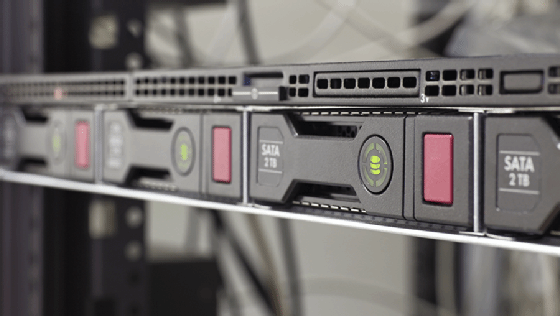What is a headless server?
A headless server is a computer without a local interface to interact with. Headless means that it does not have a monitor or other peripherals such as a keyboard and mouse. The vast majority of servers today are headless.
Most servers might never be connected to a monitor in their entire period of use. Many modern technologies make this possible. Preboot execution environment enables operating systems to be loaded automatically. Lights-out management enables remote BIOS configuration and power control. Serial and console ports and integrated remote tools can give operating system access if the network has issues.
Many data centers have a rolling cart with peripherals or a laptop on it that administrators can connect to servers experiencing issues. These are often called crash carts.

Advantages of headless servers
Headless servers have their advantages, including the following:
- Lower cost. Headless servers require fewer peripherals and system resources. For example, many servers might not have an integrated graphics processing unit to power a graphical user interface.
- Higher density. Many headless servers only require power and network connectivity to run. This enables them to be tightly packed in server racks.
- Increased longevity and ease of maintenance. Headless servers can be optimized to be easy to work on and include components optimized for 24/7 operation.
How to interact with a headless server
Many tools can be used to interact with a headless server. These offer various levels of automation depending on the needs of the application:
- Cloud servers. Cloud servers are inherently headless as the end user cannot access the hardware directly.
- Remote Desktop Protocol, Secure Shell and virtual network computing. RDP, SSH and VNC can provide a direct connection to the operating system, similar to interacting with a keyboard and mouse.
- Ansible, Puppet and Chef. Ansible, Puppet and Chef are process automation tools that can automatically apply updates and changes to a large number of systems at one time.
- Terraform and OpenTofu. Terraform and OpenTofu are infrastructure provisioning tools that can create and configure servers based on a configuration file.
- Docker and Kubernetes. Docker and Kubernetes are workload containerization tools that can be used to put prepackaged services on a server.
Compare Ansible vs. Chef vs. Puppet vs. SaltStack and read about the major types of server hardware and their pros and cons. Also, learn about the lights-out management tools that enable admins to do everything from turning servers off and on to remediating operational issues.